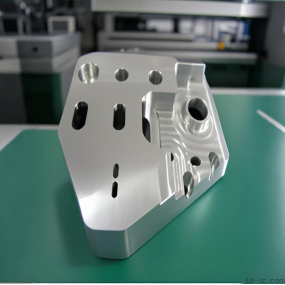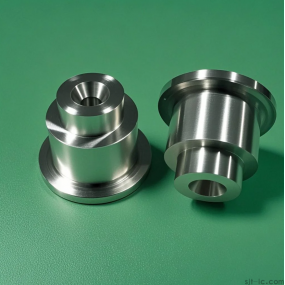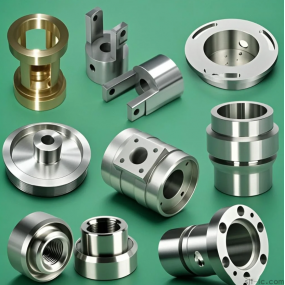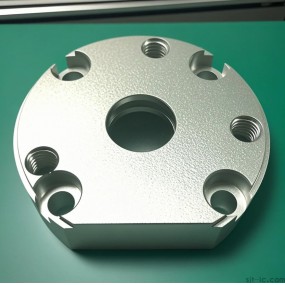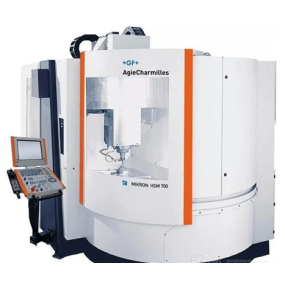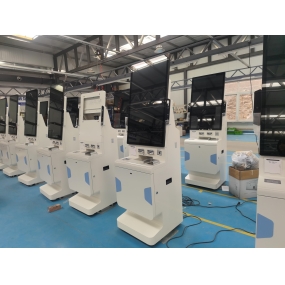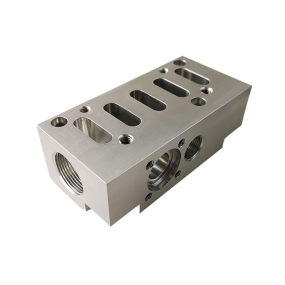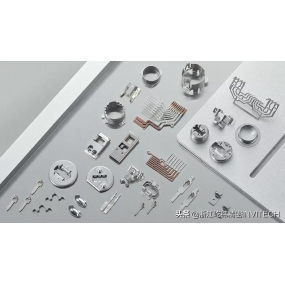As a professional CNC Machining service provider, EMAR Company specializes in delivering high-precision components for industries ranging from aerospace to medical devices. One of the most common questions we receive from engineers and procurement managers is: How precise can CNC 3-axis machining actually get? This article will break down the technical capabilities and real-world applications of this fundamental machining process.

Understanding CNC 3-Axis Machining Precision
Standard 3-axis CNC milling typically achieves tolerances between ±.005" (±.127mm) to ±.0005" (±.0127mm) depending on material, machine calibration, and operator expertise. At EMAR, our ISO 9001-certified workshops maintain machines capable of holding ±.001" (±.025mm) as standard production tolerance for most metals and plastics.
Key Factors Affecting Accuracy
1. Machine Rigidity: Our German-engineered CNC mills minimize vibration for micron-level repeatability
2. Tooling Quality: We use Swiss-made carbide end mills with diameter tolerances of ±.0002"
3. Temperature Control: Climate-controlled workshops prevent thermal expansion errors
4. Metrology Equipment:
CMM inspection verifies parts to .0001" (2.5μm) accuracy
When to Choose 3-Axis vs. Multi-Axis
While 5-axis machining offers greater flexibility, 3-axis remains the cost-effective solution for:
- Flat or prismatic parts
- High-volume production runs
- Materials like aluminum, brass, and engineering plastics
Our engineers can advise whether your project requires advanced multi-axis capabilities or can achieve target tolerances through optimized 3-axis programming.
With over 15 years of machining experience, EMAR provides free DFM analysis to help clients balance precision requirements with production efficiency. Visit our website to upload your CAD files for instant quoting.


 Spanish
Spanish Arabic
Arabic French
French Portuguese
Portuguese Belarusian
Belarusian Japanese
Japanese Russian
Russian Malay
Malay Icelandic
Icelandic Bulgarian
Bulgarian Azerbaijani
Azerbaijani Estonian
Estonian Irish
Irish Polish
Polish Persian
Persian Boolean
Boolean Danish
Danish German
German Filipino
Filipino Finnish
Finnish Korean
Korean Dutch
Dutch Galician
Galician Catalan
Catalan Czech
Czech Croatian
Croatian Latin
Latin Latvian
Latvian Romanian
Romanian Maltese
Maltese Macedonian
Macedonian Norwegian
Norwegian Swedish
Swedish Serbian
Serbian Slovak
Slovak Slovenian
Slovenian Swahili
Swahili Thai
Thai Turkish
Turkish Welsh
Welsh Urdu
Urdu Ukrainian
Ukrainian Greek
Greek Hungarian
Hungarian Italian
Italian Yiddish
Yiddish Indonesian
Indonesian Vietnamese
Vietnamese Haitian Creole
Haitian Creole Spanish Basque
Spanish Basque

